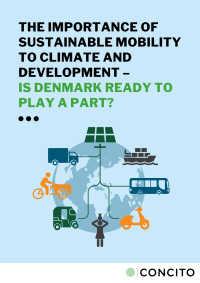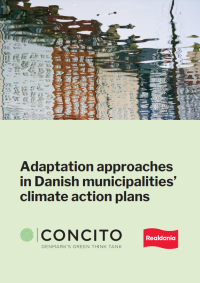International
The world needs to cut greenhouse gas emissions by an additional 28 gigatonnes beyond what countries have already committed to by 2021 if we are to succeed in limiting global warming to anywhere near 1.5˚ (c).
Already at this rate of warming, the world will experience significant climate changes that could cause extensive and sometimes irreversible damage to countries, islands, cities, infrastructure, and challenges, for example, the security of water, food, and energy supplies.
Any further warming of the planet will lead to significant loss of nature and biodiversity, increase the risk of climate-related conflict and migration, and push hundreds of millions of people back into poverty. The chance of hitting so-called and self-reinforcing tipping points, where we lose control of climate change, also increases with each higher degree of global warming.
The EU accounts for 7-8% of world greenhouse gas emissions, and Denmark for about 0.01%. With at least a 55% reduction by 2030 and net zero by 2050, the EU has a relatively high but insufficient level of ambition concerning climate change. Paris Agreement's 1.5-degree target. The policy instruments the EU currently has in place or in the pipeline are inadequate to ensure the necessary transition and entail unintended global consequences.
Conversely, we stand on a unique burning platform to build a green and climate-friendly world that simultaneously meets the UN 2030 SDGs, but only if we act in time and where the richest countries and the most significant emitters take the lead in the climate fight, including not least Denmark and the EU.
Ekspert

IPCC
The goal of limiting global warming to 1.5 degrees will be difficult, and soon impossible, unless there is a significant gear shift now. It must also prevent a 2.5 to 3 degree rise in temperature by the end of the 21st century, with incalculable consequences for the planet.
































